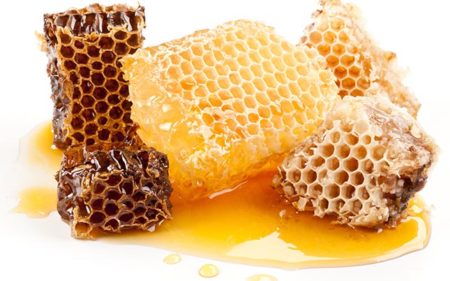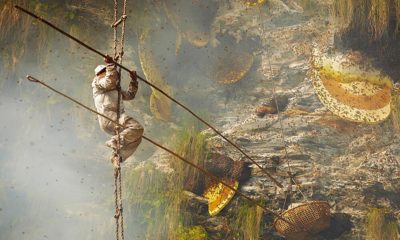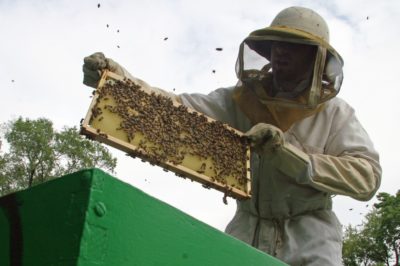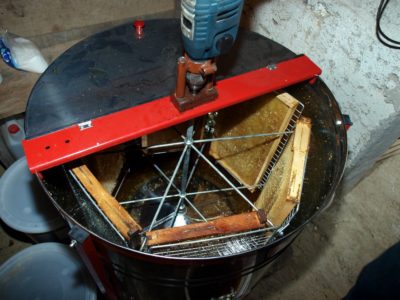
Bee honey is high-quality food for humans, which has medicinal properties. Since mainly arises from the nectar (sweet juice of flowers), honey contains sugars (glucose and fructose), acids, macro and micro-elements (Ca, Na, P, Fe, Mg, Co, and others). In addition, bee honey contains ferments (diastase, invertase, and calatase) and vitamins.
At the time of excretion of wax glands, beeswax is white. In contact with air, it becomes distinctly yellow. Chemically the wax is an ester with an admixture of higher fatty acid and higher carbohydrates. It is stable, does not contain glycerin, and do not act ferments. Melts at the temperature of 63-65 °C, are lighter than water (specific density 0.96). In addition to being together with honey is used as a food, a wax is wanted in the pharmaceutical, cosmetics, and industry of paper and glass.
Bee venom (Apitoxin), representing the secretion of small and large poisonous glands. It is a clear watery liquid, acid reaction, a characteristic odor. It is a complex chemical composition. There is about 41% dry matter, and it is particularly rich in copper and manganese salts. It has bactericidal properties. It works differently to living beings. Small animals such as mice die of one or two stitches. The larger animals are particularly susceptible to horses and donkeys. For them, 1-2 stitches can also be deadly. In humans, a bee sting causes less pain.
Bee venom is used to treat sciatica, rheumatism, rheumatoid arthritis, and other diseases, either through the direct stings of bees, whether venom collected, and from him prepared medicinal solutions, ointments, and balms.
Collecting honey and bees

Honey can be collected from the wild bees that live freely in nature and of cultivated bees, which is often the case.

When collecting the honey, must be strictly taken into account the sustainability of the colony, which should never be to pick up all the honey from some places, but must assess the amount of which should be left to maintain the colony. Subtraction of surplus honey from the bee colony is carried out at the end of the main grazing in the morning. Previously, the need to remove the bees from their apartment, which is best done by a current of air. When removing the honey, there are various impurities that must be removed. This is mostly done using a thick sieve, which is set to tap centrifuge during extracting honey.



Pingback: Health Effects of Honey: From Ancient Medicine - Forestry Book